Panther Cap / Summer Autumn / Toxic
Identification guide for Panther Cap (Amanita Pantherina), also take a look at similar species, key features and habitats – Toxic.
Common names
Panther caps, False blusher, Panther amanita
Botanical name
Amanita pantherina
Meaning of Scientific classification
Amanita as it’s a member of the amanita family and Pantherina due to its two tone cap colour reminiscent of a panther’s skin.
Class: Agaricomycetes
Order: Agaricales
Kingdom: Fungi
Division: Basidiomycota
Could be Confused with
Could be confused with The Blusher (Amanita rubescens) an edible Amanita, but these stain red when damaged, the False panther cap (Amanita excelsa) but these lack the distinct volval gutter.
Distribution
Uncommon in the UK but more common throughout Southern Europe.
Key features and habitat of Panther cap mushrooms
Cap
Caps are around 5-12 cm in diameter, initially domed but flattening with age. The caps have pure white scales which are fragments of the universal veil.
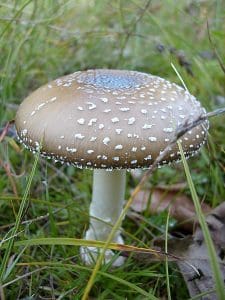
Gills
The gills are white, free and crowded.
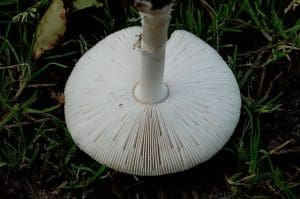
Stem & Skirt
The stems are white with a chunky ring towards the cap. The base of the stem is bulbous with a distinctive gutter.
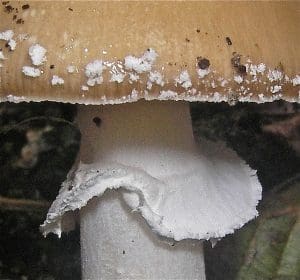
Habitat for the Panther cap
They are ectomycorrhizal with beech and oak. In Britain, they are typically found from August to November but have a longer season in Southern Europe
Spore Print
White
Edible Uses
These mushrooms contain the psychoactive compounds ibotenic acid, muscimol, muscazone and muscarine so should be considered toxic. Some field guides list it as deadly.
More info on the toxins in the Panther Cap



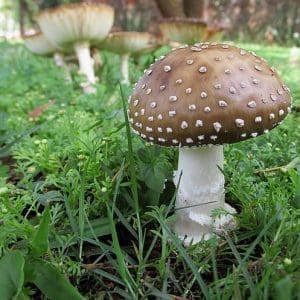
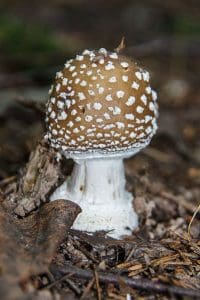
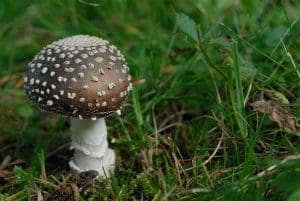



Leave a Reply
You must be logged in to post a comment.